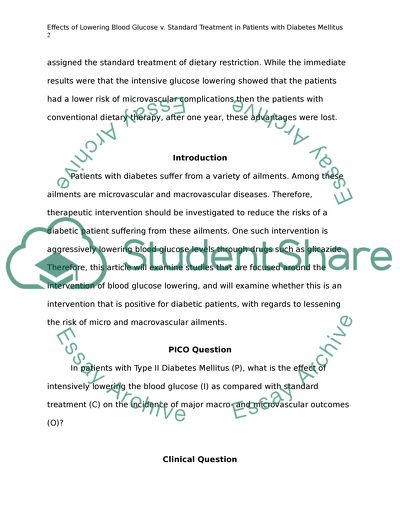Cite this document
(“Evidence-Based Practice Project Research Paper Example | Topics and Well Written Essays - 3750 words”, n.d.)
Retrieved from https://studentshare.org/nursing/1481511-evidence-based-practice-project
Retrieved from https://studentshare.org/nursing/1481511-evidence-based-practice-project
(Evidence-Based Practice Project Research Paper Example | Topics and Well Written Essays - 3750 Words)
https://studentshare.org/nursing/1481511-evidence-based-practice-project.
https://studentshare.org/nursing/1481511-evidence-based-practice-project.
“Evidence-Based Practice Project Research Paper Example | Topics and Well Written Essays - 3750 Words”, n.d. https://studentshare.org/nursing/1481511-evidence-based-practice-project.


